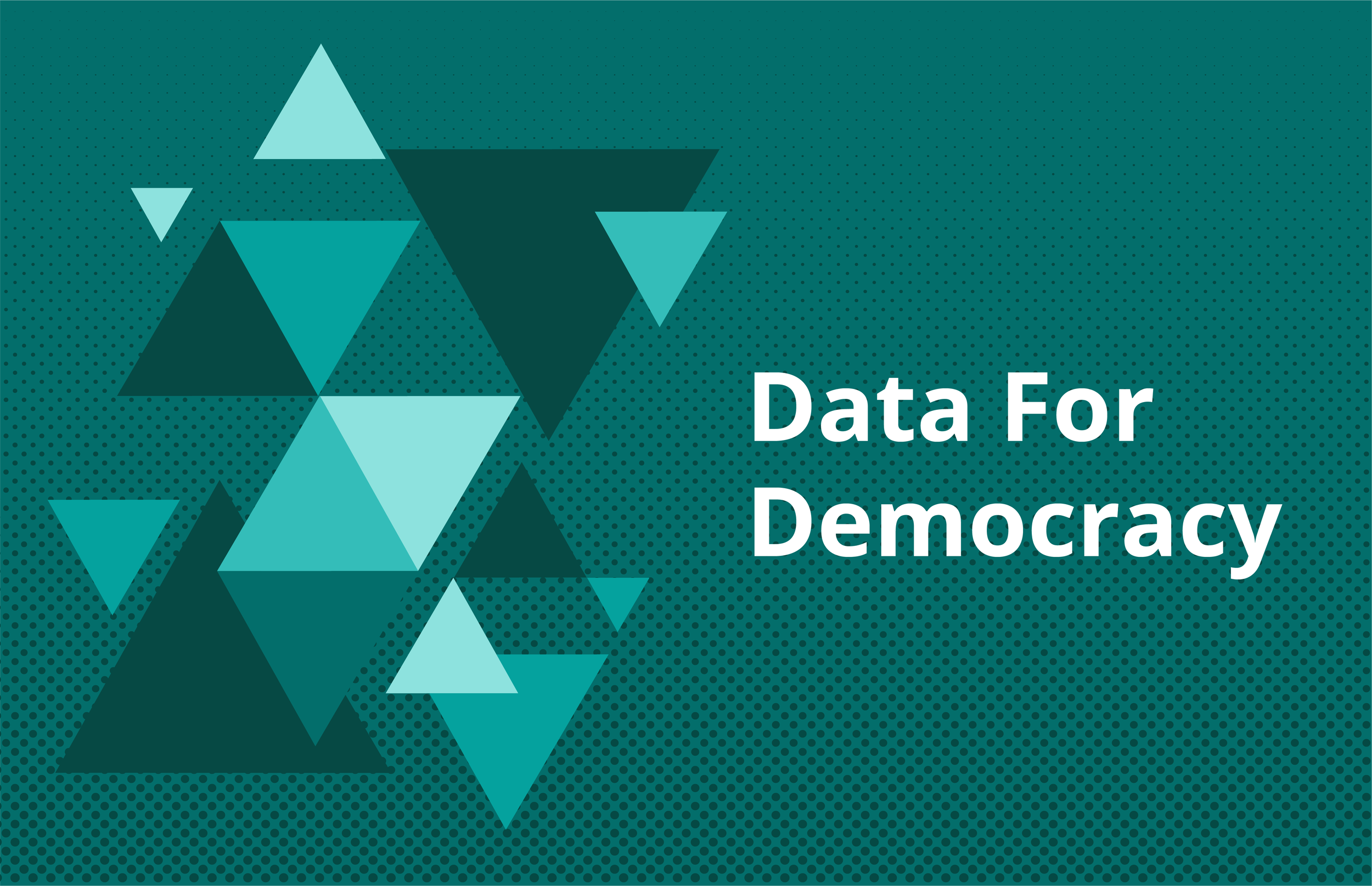Who are the Moderates? February 26, 2023
It's a question we get often from our partners. Many people identify themselves as politically moderate. Citizen research shows you can’t always take their word for it.

Political moderates are a critical demographic for building a pro-democracy coalition, boosting support for electoral reform, and enhancing trust in elections.
At Citizen, we continuously build and expand our knowledge of the moderate block. Here are a few key factors to know about this vital group.
1. Nonpartisan Independents and Left Leaners
To place self-described moderates on the political spectrum, Citizen cross-references them with their partisan affiliation. According to our nationwide poll in January, 45% of moderates refer to their political party as Nonpartisan or Independent.

Though moderates exist across the demographic spectrum, they are more likely than the average voter to fall into the 18–44 age range and have less than a bachelor’s degree.
2. Disillusioned and Disaffected by Political Parties
To understand the meaning that self-described moderates attach to the label “moderate,” we focus on how they explain it:
“I’m definitely Republican, I’m moderate. I’m pretty much in the middle for everything so I feel like I’m kind of a balance and I try to be the balancer when people are talking, but I don’t agree with anything that’s going on right now, Democrat or Republican.” -58 year old, White, female from Washington (Source: Citizen Data focus groups from June 2022)
This dislike of both parties is a trend echoed across moderates.

3. Moderate Social Beliefs
With research, interpretation is a significant part of the story. Self-described moderate voters often have their own understanding of what the term means.
Additionally, social desirability bias can make respondents more likely to self-describe as moderate instead of aligning with the left or right of the ideological spectrum.
One way of ensuring that our understanding of “moderate” aligns with that of our respondents is to triangulate ideology with social issues. In a recent poll of a deep-red state, we saw that self-described moderates held more moderate social beliefs than the average voter.

This research also shows some self-described moderates support policies generally considered to be conservative.
That said, there are always those who identify as very conservative or very liberal but tend to have more moderate views on social policy and/or elections. These nuances point to the need to cross-reference ideology with party ID and/or social beliefs to ensure that the self-description matches the research.
Data-in-Action
The moderates are a critical group to mobilize. If you want to reach and move them, we recommend the following:
- Conduct message tests to discover what appeals to them most, as we did in a recent survey. We know, for instance, that partisan rhetoric is often alienating to them;
- Use RCTs to find the best messengers for the group, as we did here;
- Utilize research on media consumption to learn where to reach them, as we did for Democracy Defenders & Shifters in our Trusted Elections Playbook; and
- Create an outreach strategy that incorporates your research and maximizes impact.
Please reach out if you’d like to learn more about researching and reaching moderates. Enjoy Citizen’s Data for Democracy series? You can find past installments here.
Share this report
Where Does Democracy Stand?
While 2022 voters were largely motivated to protect democracy, election denialism still runs deep. Election reforms provide hope for reduced extremism.
